AO Edited
Gành Đá Dĩa
This unique formation is characterized by hexagonal basalt rocks stacked in unique formations.
Gành Đá Dĩa translates to “The Sea Cliff of Stone Plates.” This beach contains basalt rock formations similar to those seen at Ireland’s Giant’s Causeway.
These rocks were formed the same way as their Irish twins. A volcanic eruption met the sea and the lava cooled in hexagonal shapes. The formation in Vietnam is smaller than the one in Ireland, but is still a sight to behold. Also, the temperatures are much more tolerable.
Since 1998, the Gành Đá Dĩa and its estimated 35,000 columns have been listed as a National Heritage site.
There are several restaurants and parking areas near the entrance to this site.
Know Before You Go
There aren’t many sights around this beach, so most visitors come from the tourist town of Quy Nhon, a few hours to the north. If you can drive a motorbike, it’s a lovely drive along the coast and through villages. The highways are good, but frequented by large trucks.
If on a motorbike, take the terrifying O Cop Wooden Bridge (Cau Go Ong Cop) it will save you nearly an hour (and it’s plenty wide and sturdy). You might have to pay a small fee. Keep an eye out for the rocks on your left if you’re coming from Quy Nhon, you should see a small sign on the left.
Alternatively, you can rent a car, but make sure you negotiate a round trip rate as it will be harder to find a car back to Quy Nhon.
There is no beach access by the biggest basalt formation, but there is a public sand beach just a few minutes to the south.
Pay for your ticket at the shack (about $3/60,000vnd or maybe less). From there, it’s a quick walk through some souvenir shops and eventually down to the sea. The water is gorgeous and clear.
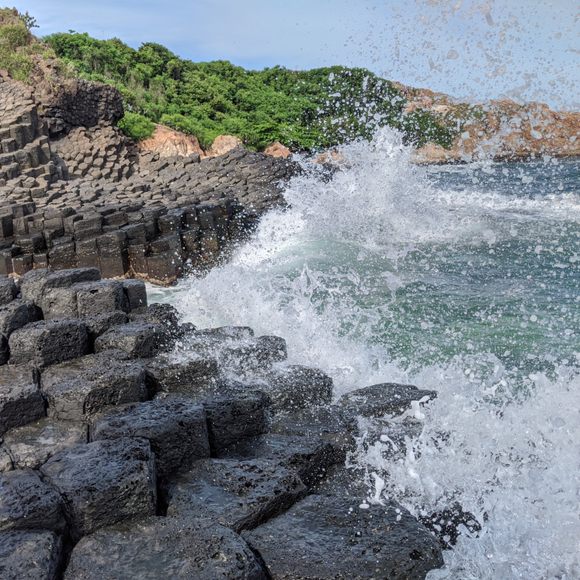

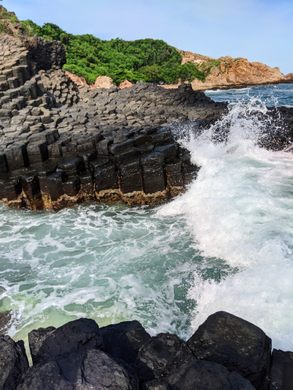
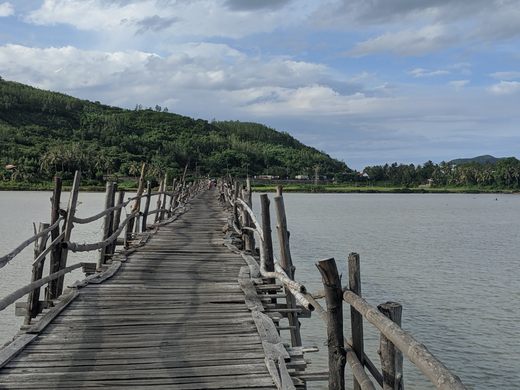
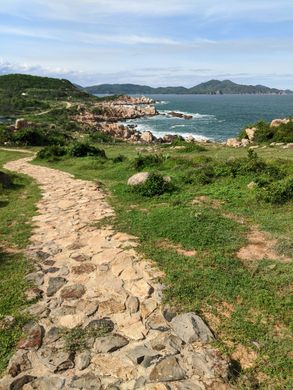




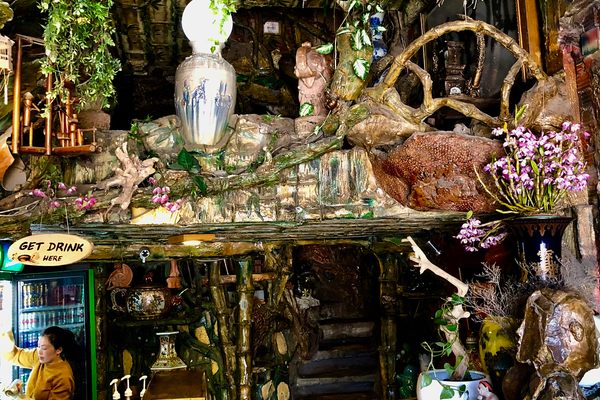
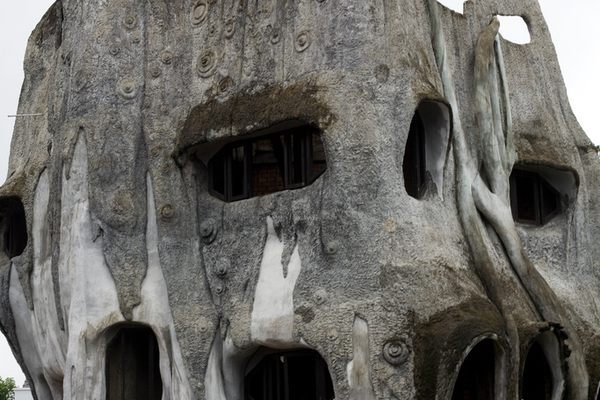

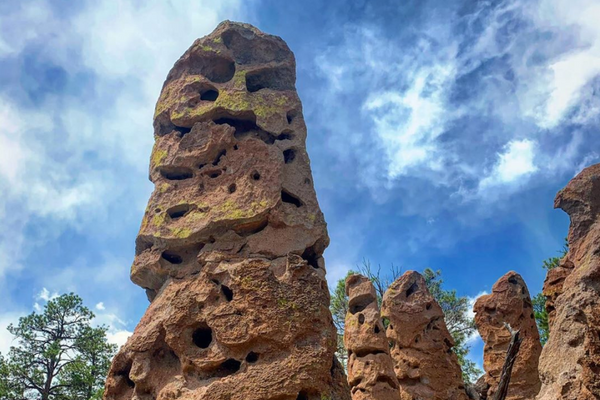

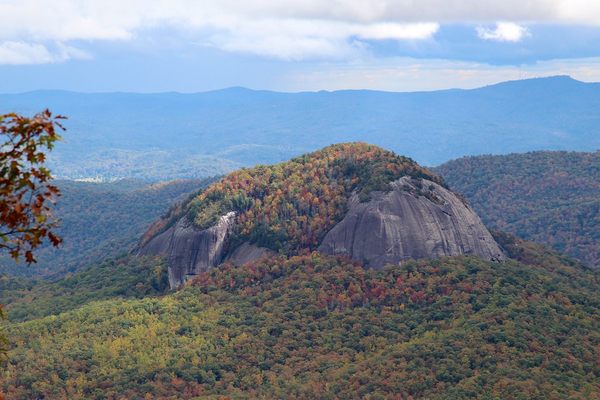

Follow us on Twitter to get the latest on the world's hidden wonders.
Like us on Facebook to get the latest on the world's hidden wonders.
Follow us on Twitter Like us on Facebook